Customer Profitability Analysis Explained: Formula, Examples & Benefits
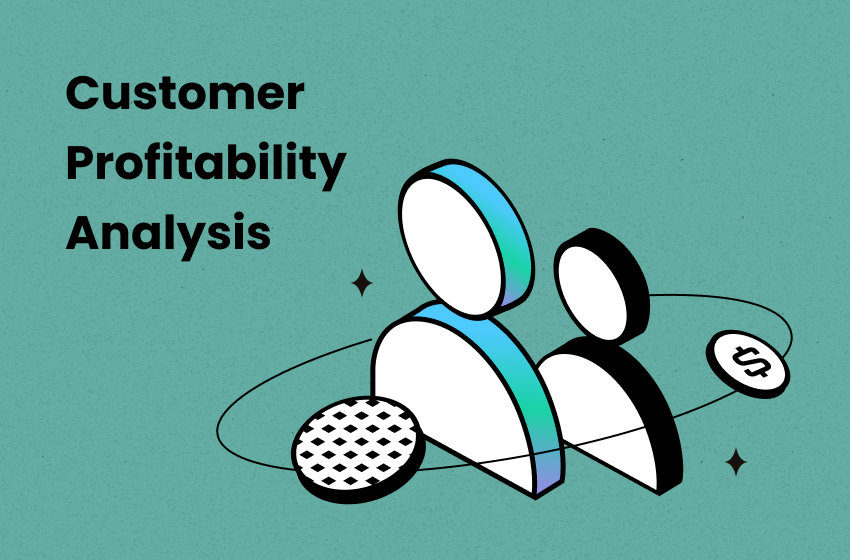
As a merchant, you know that not all customers contribute equally to your bottom line. Some bring in consistent revenue, while others cost more to retain than they generate. This is where Customer Profitability Analysis (CPA) comes in. By understanding which customers drive profits and which drain resources, you can optimize your marketing, sales, and service efforts for sustainable growth.
Customer profitability analysis (CPA): What is it?
Customer Profitability Analysis (CPA) is a method used to assess the profit generated by each customer or customer segment. Instead of looking at total revenue, CPA considers both the revenue a customer generates and the costs associated with acquiring, serving, and retaining them.
By identifying your most valuable customers, you can focus on building relationships with them while reducing efforts on unprofitable ones.
Why Customer Profitability Matters for Your Business
Many merchants focus solely on revenue, but high revenue doesn’t always mean high profit. If certain customers demand excessive support, return too many products, or require high acquisition costs, they may be costing you more than they bring in.
With CPA, you can:
- Identify your most and least profitable customers.
- Optimize marketing spend by targeting high-value customers.
- Reduce costs by improving efficiency in customer service and fulfillment.
- Develop better retention strategies for long-term growth.
- Focus only essential eCommerce metrics that help you boost customer profitability
How to Calculate Customer Profitability (With Formulas & Examples)
To calculate Customer Profitability, follow this basic formula:
Example:
- Revenue from Customer: $1,500
- Acquisition Cost: $200
- Service Cost: $300
- Retention Cost: $100
Customer Profitability = $1,500 - ($200 + $300 + $100) = $900
If this customer consistently brings in similar profits, they are worth investing in. However, if costs exceed revenue, you may need to adjust your approach.
Remember, customer profitability ties directly into your overall operating income, which reflects your business’s core profitability after covering operational expenses. The Operating Income Formula is:
Here, Operating Expenses include marketing, customer service, fulfillment, and other costs incurred while acquiring and retaining customers. By analyzing customer profitability in relation to your Operating Income, you gain deeper insights into how different customer segments contribute to your overall business success.
Customer Profitability Analysis: Step-by-step Guide
This section will cover the steps you need to perform a CPA and how to use the results of the analysis to make decisions that will have an impact.
Step 1: Segment your customers
First, let's discuss segmenting customers based on how much they have spent on your products. Some companies have clearly defined customer segments but if you haven’t done it before, you should start doing it now.
You can begin by categorizing your customers based on demographic and geographic information. Even without empirical data or a sizable study, you can identify these segments because you are familiar with your company and its products.
Creating customer personas is one excellent method for customer segmentation. Based on user data (demographic data), poll data, market studies, and other sources, you can start developing these.
Yet, the RFM analysis is the most effective customer segmentation method you should try. RFM analysis is a weighted analysis of your customers' recency, frequency, and monetary data. This implies that you can build segments on:
- How recently a customer bought from you
- How frequently a customer has bought from you
- How much a customer has spent
To make this process easier, you can use a free Net Profit Margin Calculator to quickly assess which customer segments are bringing in the most profit. By plugging in key financial data, you’ll get an instant snapshot of your most valuable customers, helping you refine your strategy efficiently.


The end output is an effective matrix to comprehend important customer segments. This enables you to strategically decide which groups need your engagement the most.
Step 2: Collect the data
Moving on to Step 3, it's time to look for the data, including your revenue and customer costs.
You do have the data, but it is hard for you to discover every bit of information connected to each and every customer. Therefore, we have some tips for you to collect more detailed data:
- If you collect data on your own, you should select a sample of customer service queries to identify the customer group that engages with your business most frequently. Then, you just need to focus on this group and search for all the necessary data. This tip will narrow the research scale and make the process much easier and faster.
- Get in contact with other departments within your company to gather all the necessary information if you can’t handle this task alone.
- Use third-party tools to assist you with tracking all costs and revenue, collect data, and get reports on your business automatically. These tools ensure better accuracy than tracking manually, especially when there are tons of data to be tracked and calculated. Besides, you can easily keep track of real-time data. That means when something unusual happens, you can quickly figure it out and solve it. There are hundreds of options out there and TrueProfit Customer Lifetime Value is a great one for calculations and automated real-time profit analysis to start with.
TrueProfit can automate eCommerce accounting by precisely and instantly obtaining data from all sources. And there is even more you can do with full control from just one single dashboard.
Step 3: Apply the customer profitability analysis model
Finally, it's time to use the CPA and incorporate the information you obtained from your company. We will use the following example to better illustrate how it functions. Keep scrolling!
How to Use Customer Profitability Insights to Grow Your Business
Once you have CPA data, use it to:
- Refine Your Target Audience – Prioritize high-value customers in your marketing campaigns.
- Improve Retention Efforts – Offer better deals and support for profitable customers.
- Adjust Pricing Strategies – Increase prices for segments that require more resources.
- Cut Unprofitable Costs – Reduce discounts and excessive service for unprofitable customers.
Common Challenges & Mistakes in Customer Profitability Analysis
Conducting a Customer Profitability Analysis isn't always straightforward. Many merchants face obstacles that can lead to inaccurate conclusions or missed opportunities. Below are some common challenges and mistakes to watch out for.
Underestimating Hidden Costs
Returns, customer service interactions, and fulfillment costs can reduce profitability. Many businesses fail to track these hidden expenses, leading to an overestimation of customer profitability.
Focusing Only on Revenue
A high-spending customer isn't always the most profitable if costs are high. Without factoring in service and retention costs, businesses may invest too much in low-profit customers.
Not Segmenting Customers Properly
Treating all customers the same can lead to inefficient resource allocation. Proper segmentation ensures that resources are directed toward the most valuable customer groups.
Here are key strategies to enhance profitability and drive revenue growth.
Increase Average Order Value (AOV)
Use upselling and cross-selling tactics to encourage customers to spend more per purchase. Offering product bundles or personalized recommendations can significantly boost average order values.
Reduce Customer Acquisition Cost (CAC)
Focus on organic marketing, referral programs, and retargeting to lower acquisition costs. By leveraging existing customer relationships and optimizing ad spend, you can improve profitability.
Improve Customer Service Efficiency
Automate responses, use chatbots, and streamline support processes to reduce service costs. Faster resolution times lead to improved customer satisfaction and lower operational expenses.
Target High-Value Customers
Identify and nurture your most profitable customers with exclusive offers, loyalty programs, and personalized engagement. Retaining high-value customers is often more cost-effective than acquiring new ones.
Minimize Returns and Refunds
Enhance product descriptions, set clear expectations, and improve quality control to reduce costly returns. Providing accurate sizing guides, detailed images, and customer reviews can help prevent unnecessary refunds.
Future Trends & Innovations in Customer Profitability Analysis
With advancements in AI and data analytics, CPA is becoming more precise and automated. Future trends include:
- AI-driven Customer Segmentation – Predictive models to identify high-value customers.
- Personalized Marketing Automation – Dynamic offers based on profitability data.
- Advanced Profit Tracking Tools – Real-time dashboards for instant CPA insights.
Tracy is a senior content executive at TrueProfit – specializing in helping eCommerce businesses scale profitably through content. She has over 4 years of experience in eCommerce and digital marketing editorial writing. She develops high-impact content that helps thousands of Shopify merchants make data-driven, profit-focused decisions.






![Amazon Profit Margin: Every Detail You Should Know [2025]](https://be.trueprofit.io/uploads/amazon-profit-margin-68931b2607c12.webp)


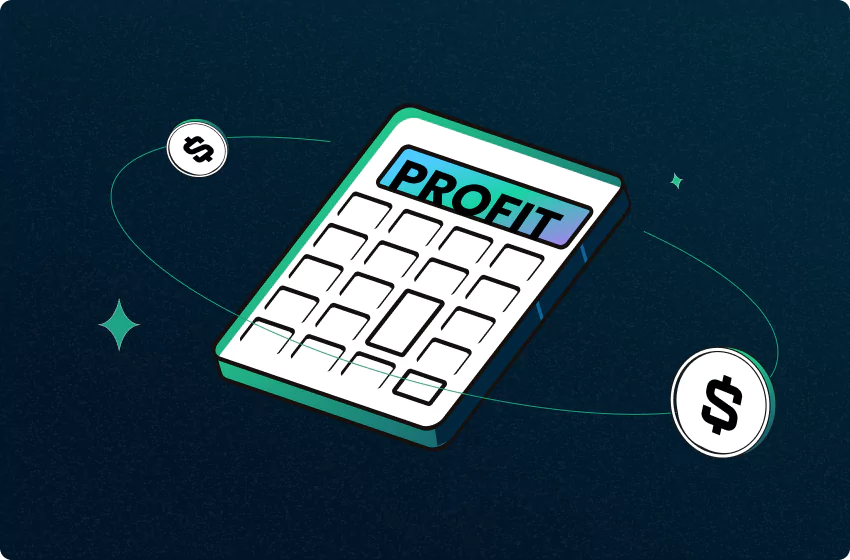
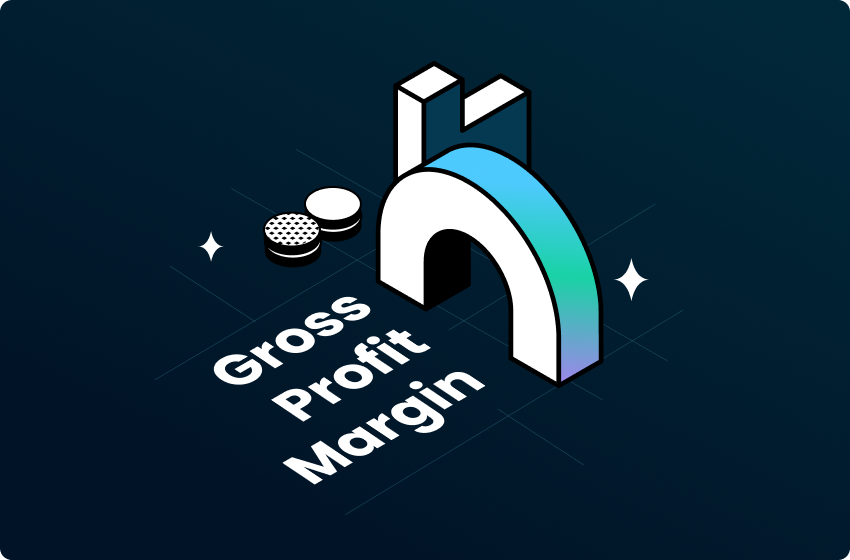
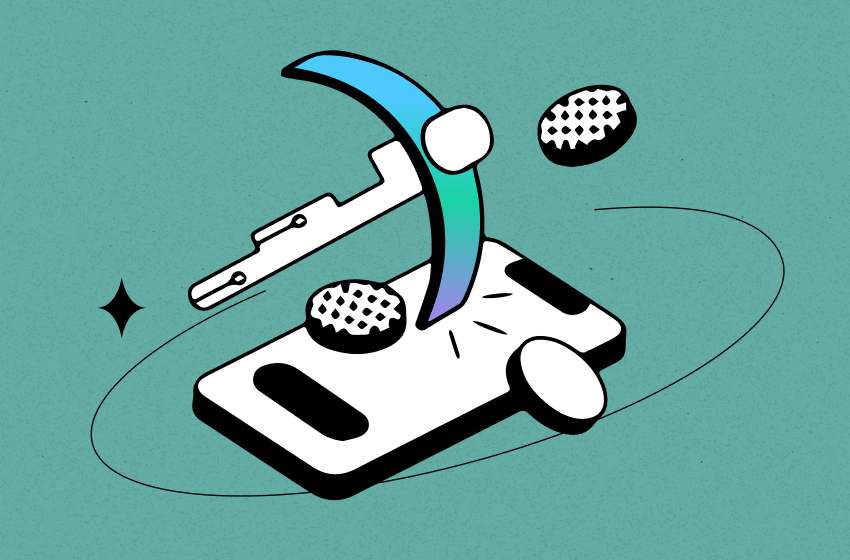
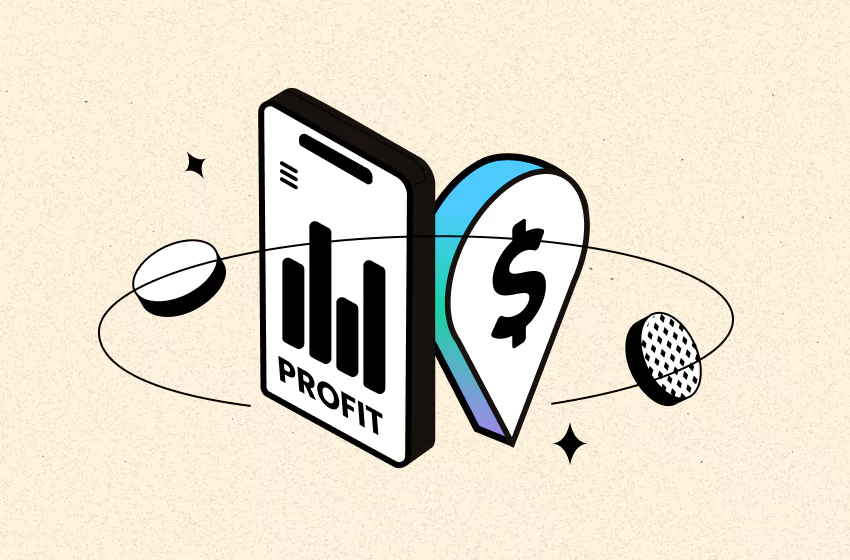
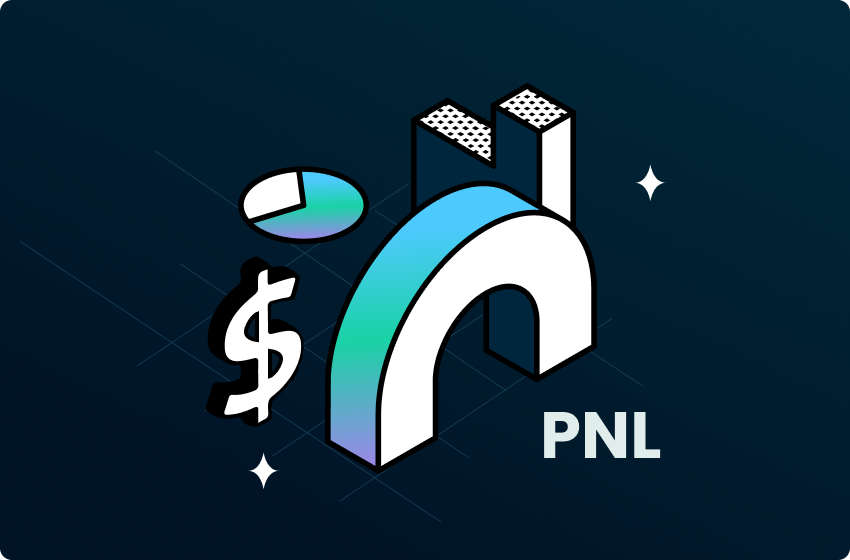
 Shopify profits
Shopify profits
